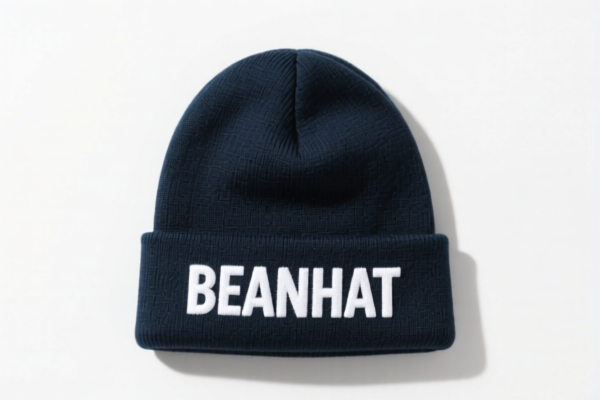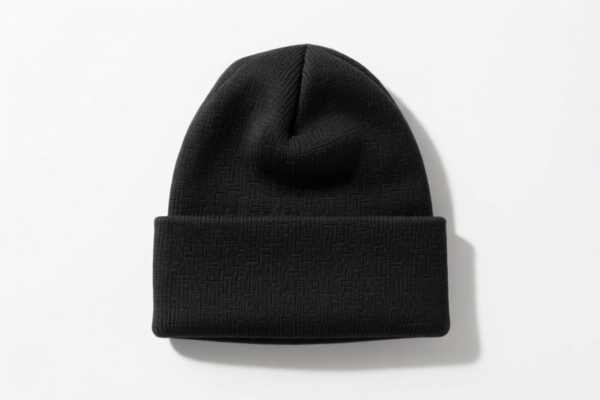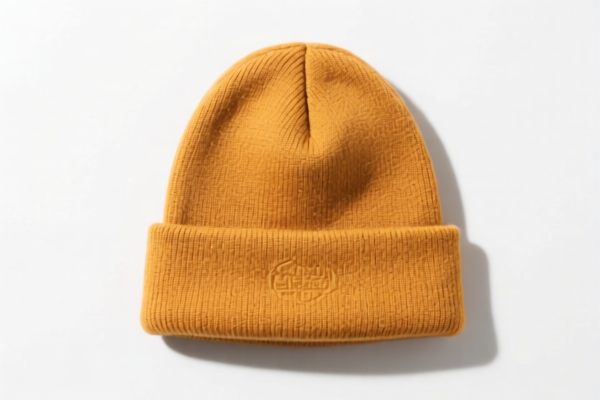| HS Code | Official Doc | Tariff Rate | Origin | Destination | Effective Date |
|---|---|---|---|---|---|
| 6505001515 | Doc | 62.9% | CN | US | 2025-05-12 |
| 6505008045 | Doc | 18.7¢/kg + 6.8%+55.0% | CN | US | 2025-05-12 |




Okay, let's break down the HS codes and tax implications for your "BEANIE HAT" declarations. Here's a detailed analysis to help you understand the classification and potential costs:
Understanding the HS Code System
Before we dive into the specifics, remember that the HS (Harmonized System) code is a globally standardized system of names and numbers used to classify traded products. It's crucial for determining tariffs, trade regulations, and statistical reporting. The first 6 digits are generally standardized internationally, while the last digits can vary by country.
Declaration 1: Knitted Cotton Baby Beanie Hat
- HS Code: 6505.00.15.15
- Description: Hats and other headgear, knitted or crocheted, or made up from lace, felt or other textile fabric, in the piece (but not in strips), whether or not lined or trimmed; hair-nets of any material, whether or not lined or trimmed: Other: Other: Of cotton, flax or both: Knitted Of cotton: For babies (239)
Let's dissect this code:
- 65: Textile articles, not knitted or crocheted (This chapter covers a wide range of textile products).
- 05: Hats and other headgear, knitted or crocheted, or made up from lace, felt or other textile fabric, in the piece (but not in strips), whether or not lined or trimmed; hair-nets of any material, whether or not lined or trimmed. (Specifically focuses on knitted/crocheted headwear).
- 00: Other (This indicates it doesn't fall into more specific subcategories within 6505).
- 15: Of cotton, flax or both. (Specifies the material composition).
- 15: Knitted Of cotton: For babies (239) (Further specifies it's knitted cotton and intended for babies).
Tax Implications:
- Basic Duty: 7.9%
- Additional Duty: 25.0%
- Post April 2, 2025 Additional Duty: 30.0%
- Total Tax: 62.9%
Declaration 2: Knitted Man-Made Fiber Baby Beanie Hat
- HS Code: 6505.00.80.45
- Description: Hats and other headgear, knitted or crocheted, or made up from lace, felt or other textile fabric, in the piece (but not in strips), whether or not lined or trimmed; hair-nets of any material, whether or not lined or trimmed: Other: Other: Of man-made fibers: Other: Not in part of braid Other: For babies (239)
Let's break down this code:
- 65: Textile articles, not knitted or crocheted.
- 05: Hats and other headgear, knitted or crocheted, or made up from lace, felt or other textile fabric, in the piece (but not in strips), whether or not lined or trimmed; hair-nets of any material, whether or not lined or trimmed.
- 00: Other
- 80: Of man-made fibers. (Indicates the material is synthetic – polyester, acrylic, nylon, etc.).
- 45: Other: Not in part of braid Other: For babies (239) (Further specifies it's not braided and intended for babies).
Tax Implications:
- Basic Duty: 18.7¢/kg + 6.8% (This is a compound duty – a rate per kilogram plus a percentage of the value).
- Additional Duty: 25.0%
- Post April 2, 2025 Additional Duty: 30.0%
- Total Tax: 18.7¢/kg + 6.8% + 55.0%
Important Considerations & Recommendations:
- Material Verification: Crucially, double-check the exact fiber composition of your beanies. The difference between cotton and man-made fibers significantly impacts the duty rate. Provide accurate material declarations to avoid issues at customs.
- Unit Price: The unit price of your beanies is important, especially for the man-made fiber declaration, as the 6.8% duty is calculated on the value.
- Baby Designation: The "For babies" designation (239) is important. Ensure this is accurate and supported by the product's design and intended use.
- Country of Origin: You've indicated CN (China). Ensure you have the correct documentation to prove the origin of the goods.
- Additional Duties: Be aware of the upcoming changes to additional duties on April 2, 2025. Factor this into your cost calculations.
- Certifications: Depending on the destination country, you may need specific certifications for baby products (e.g., safety standards, lead content). Check the import regulations of the destination country.
Disclaimer: I am an AI and this information is for general guidance only. Import regulations are complex and subject to change. It is highly recommended to consult with a licensed customs broker or import specialist for accurate and up-to-date information specific to your situation and destination country.
Customer Reviews
The information was good, but I wish there was a way to filter by product type more easily. Still, it was useful for my research.
The breakdown of the HS code for baby beanies made of man-made fibers was exactly what I needed. The tax calculation made sense now.
This site is a lifesaver for someone new to HS codes. The detailed descriptions of each code and the tax implications were very helpful.
The tariff rates for both HS codes were clearly explained. It's a bit confusing with the compound duty, but the explanation made it easier to understand.
The information on the HS code for man-made fiber beanies was spot on. I especially liked the note about verifying the material composition before shipping.